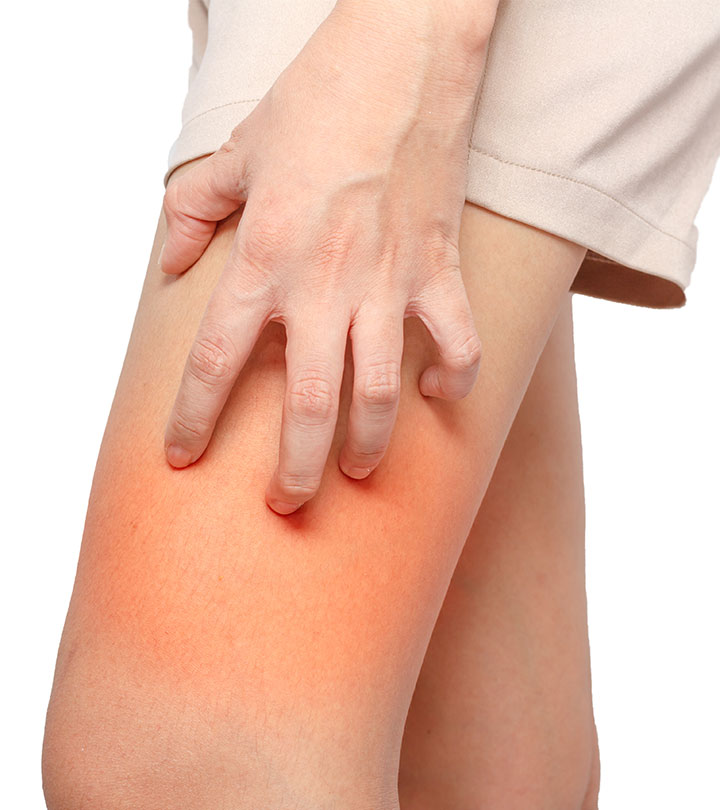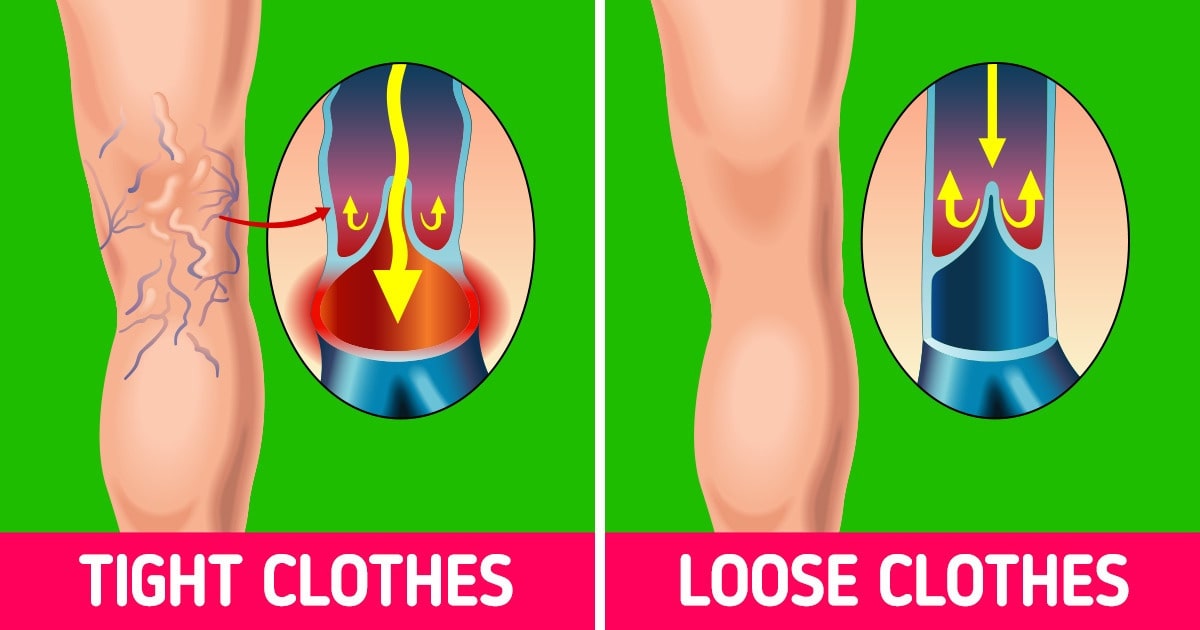Ear infections are a common health concern that can affect both children and adults. Recognizing the signs early and knowing how to prevent them is crucial for maintaining good ear health and avoiding complications such as hearing loss or chronic discomfort. In this article, we dive into the symptoms of ear infections—focusing on itchiness, redness, discomfort, and fluid drainage—and provide actionable prevention tips.
With expert advice and insights from credible sources, including Mayo Clinic and Healthline, read on to understand how to detect ear infections and implement effective prevention strategies in your daily routine.
Ear Itchiness: A Common Symptom of Ear Infections
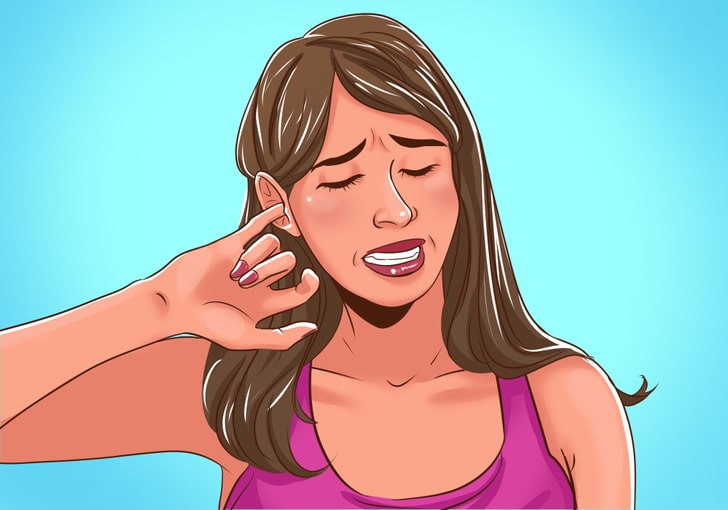
Ear itchiness is often one of the earliest signs of an infection. Many people dismiss it as a minor irritation, but persistent itchiness—especially when accompanied by other symptoms—may indicate that your ear is inflamed or infected.
Why Itchiness Occurs:
Itchiness in the ear can be caused by several factors. When an infection sets in, the body’s immune response can lead to inflammation and irritation of the ear canal. This irritation often manifests as an uncomfortable, persistent itch. In some cases, ear itchiness may also result from an allergic reaction, eczema, or even a buildup of earwax.
When to Be Concerned:
- If the itchiness persists for more than a few days
- If it is accompanied by other symptoms such as pain or redness
- If you experience hearing difficulties alongside the itchiness
Recognizing early signs like persistent itchiness can lead to quicker treatment and prevent further complications. For more detailed information on ear symptoms, visit Healthline’s ear infection guide.
Redness Inside and Outside the Ear: What It Signifies
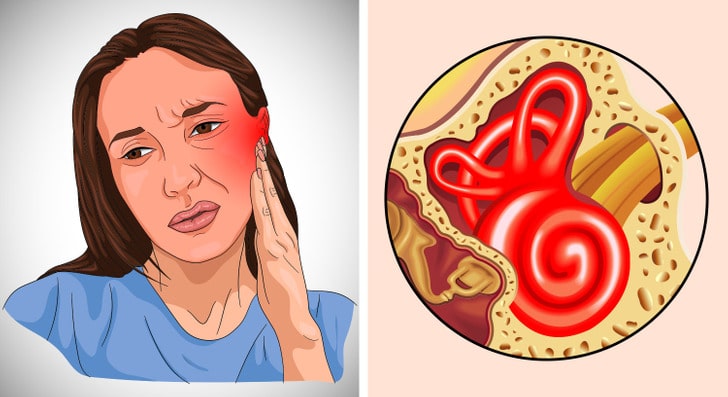
Redness in and around the ear is another prominent symptom of an ear infection. This visual cue can signal inflammation, which is the body’s natural response to infection or injury.
Understanding the Redness:
When you notice redness on the outer part of your ear or within the ear canal, it typically indicates irritation and inflammation. This could be due to bacterial or viral infections, or even from physical irritation (for instance, from excessive cleaning).
Key Indicators:
- Internal Redness: Redness inside the ear, seen during an examination by a healthcare provider, is often associated with otitis media or otitis externa—common types of ear infections.
- External Redness: Redness on the outside of the ear may also occur if there is an infection or if the skin is reacting to moisture or irritation from external objects.
Monitoring these signs is important because persistent redness may signal that the infection is worsening. For additional insights on ear inflammation and redness, refer to the Mayo Clinic’s overview on ear infections.
Ear Discomfort and Pain: Recognizing the Warning Signs
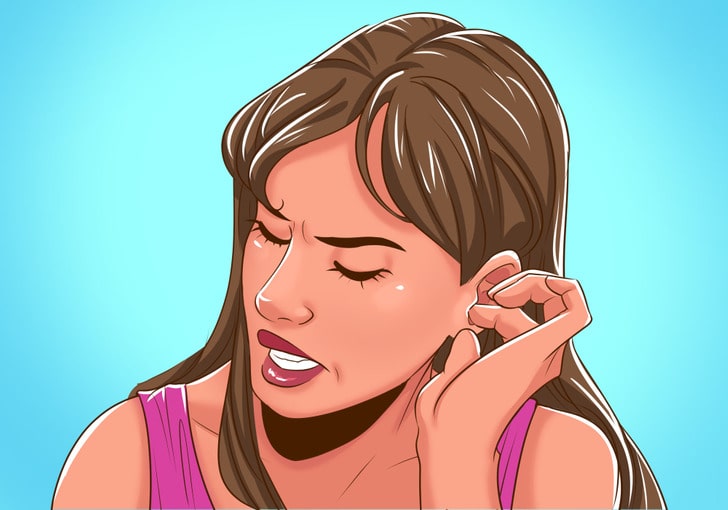
Discomfort or pain in the ear is one of the most common and concerning symptoms of an ear infection. This pain can range from mild to severe and may affect your overall quality of life.
What Causes Ear Pain?
Ear pain during an infection is usually the result of inflammation and the buildup of fluid within the ear canal or middle ear. This pressure can irritate the sensitive structures inside the ear, causing sharp or throbbing pain.
When to Seek Medical Attention:
- Persistent Pain: If the pain continues for more than a few days, it’s important to consult a healthcare provider.
- Severe Discomfort: Intense pain that interferes with daily activities may indicate a more serious infection.
- Accompanying Symptoms: When ear pain is accompanied by fever, hearing loss, or dizziness, prompt medical attention is advised.
Early detection and treatment can help alleviate pain and prevent complications such as chronic infections or hearing damage. For professional advice on managing ear pain, check out WebMD’s resource on ear infections.
Fluid Drainage: Identifying Ear Infection Symptoms

Fluid drainage from the ear is a significant sign that an infection may be present. Unlike the usual earwax, the fluid associated with infections is often odorless, but its presence should not be ignored.
Understanding Fluid Drainage:
The drainage typically occurs when the pressure inside the infected ear forces fluid out through a perforated eardrum or from the ear canal. While it might be odorless, the consistency of the fluid (clear, yellowish, or even slightly cloudy) can be a clear indicator of an underlying infection.
Why Fluid Drainage Occurs:
- Inflammatory Response: As the body fights the infection, increased fluid production occurs, which can lead to leakage.
- Perforation Risks: In severe cases, the eardrum may rupture, leading to more noticeable drainage and the potential for secondary infections.
Monitoring the color and amount of fluid can help you understand the severity of the infection. If you notice significant drainage, it’s essential to consult a healthcare provider to prevent further damage. For more detailed guidance on ear infection symptoms and fluid drainage, visit Healthline’s ear infection overview.
Preventing Ear Infections: Effective Strategies for Long-Term Ear Health
Prevention is always better than cure—especially when it comes to ear infections. By adopting a few key practices, you can reduce your risk of developing an ear infection and maintain optimal ear health.
Avoid Using Cotton Swabs or Foreign Objects
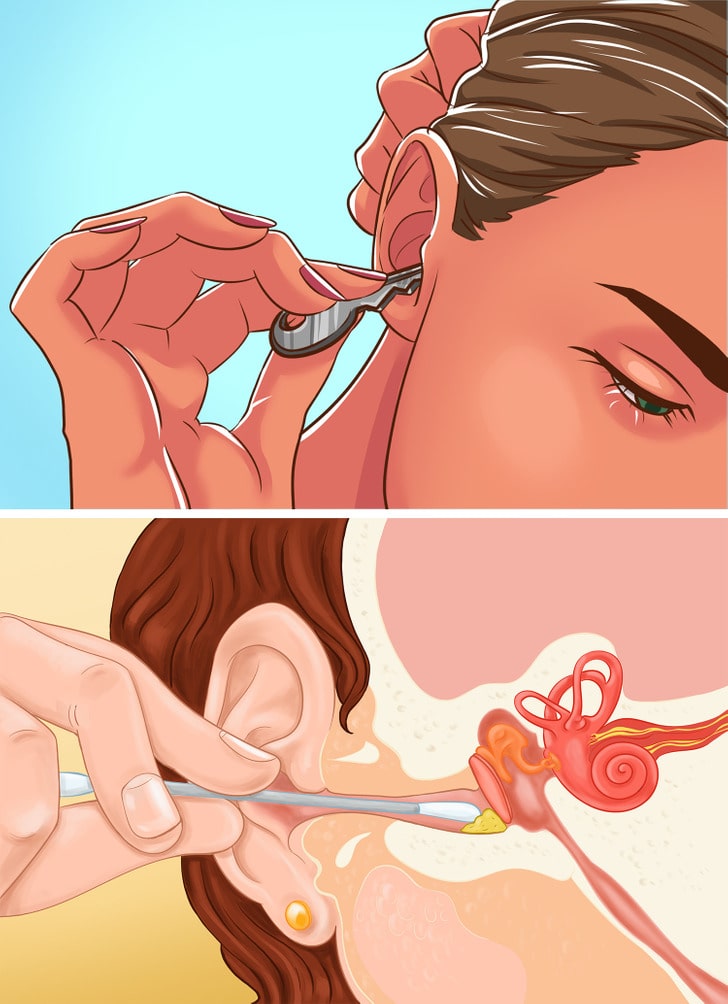
While cotton swabs are popular for cleaning ears, they can often do more harm than good. Inserting cotton swabs or any foreign objects into your ear can damage the delicate structures, push wax deeper, or even introduce bacteria.
Best Practices:
- Natural Cleaning: Allow your ears to self-clean naturally. The ear produces wax to trap dust and debris, and this wax usually exits the ear on its own.
- Safe Cleaning Methods: If you must clean your ears, use a soft washcloth on the outer ear only.
For expert advice on safe ear cleaning practices, check out Mayo Clinic’s recommendations.
Use a Swimming Cap or Earplugs for Protection

Exposure to water is a common cause of ear infections, particularly in swimmers. Water that remains in the ear canal can create a moist environment where bacteria and fungi thrive.
How to Protect Your Ears:
- Swimming Cap: Wearing a swimming cap can help keep water away from your ears during swimming sessions.
- Earplugs: Invest in high-quality, waterproof earplugs to prevent water from entering the ear canal when swimming or showering.
Implementing these protective measures can significantly reduce the risk of developing an infection, especially for individuals who spend a lot of time in water. For further tips on water safety and ear protection, visit Healthline’s article on swimmer’s ear.
Keep Your Ears Dry: Tips and Tools Like a Blow-dryer
Keeping your ears dry is essential for preventing the growth of bacteria and fungi that lead to infections. After exposure to water, taking steps to thoroughly dry your ears can make a significant difference.
Drying Techniques:
- Use a Blow-Dryer: On a cool setting, use a blow-dryer to gently dry the outer ear. Keep the dryer at a safe distance to avoid overheating or damaging the ear.
- Towel Dry: After swimming or showering, gently pat your ears dry with a soft towel.
- Tilt Your Head: Tilt your head to each side to help water drain out naturally.
These simple drying techniques help maintain a dry environment in your ear canal, reducing the likelihood of an infection. For more expert advice on preventing moisture-related ear infections, refer to WebMD’s tips on swimmer’s ear.
Additional Prevention Strategies and Lifestyle Tips
In addition to the practical measures mentioned above, here are some lifestyle changes and habits that can help reduce the risk of ear infections:
1. Maintain Good Hygiene:
Regular handwashing and avoiding the sharing of personal items (like earbuds) can help prevent the spread of bacteria and viruses that may lead to ear infections.
2. Manage Allergies:
If you suffer from allergies, managing them effectively can reduce inflammation in the ear and prevent secondary infections.
3. Stay Up to Date with Vaccinations:
Certain vaccinations, like the pneumococcal vaccine, can help protect against infections that may affect the ear. Consult your healthcare provider about recommended vaccinations.
4. Avoid Smoking and Exposure to Pollutants:
Smoking and secondhand smoke can irritate the respiratory tract and lead to increased susceptibility to infections, including those affecting the ears.
For more on lifestyle tips and preventive measures for ear infections, you might find this Healthline article on ear health very useful.
Conclusion: Take Control of Your Ear Health Today
Recognizing the signs of an ear infection early—such as persistent itchiness, noticeable redness, discomfort or pain, and even the drainage of odorless fluid—is critical for effective treatment and prevention. Equally important is adopting proactive strategies to safeguard your ears against infections. By avoiding the misuse of cotton swabs, protecting your ears while swimming, and ensuring your ears stay dry after exposure to water, you can significantly reduce your risk of developing an ear infection.
Ear infections not only cause discomfort but can also lead to more serious complications if left untreated. Whether you are managing recurring infections or aiming to prevent them in the first place, understanding the warning signs and implementing practical preventive measures is your best defense for maintaining optimal ear health.
Always consult with a healthcare professional if you experience severe symptoms or if your ear infection persists, as timely treatment is essential. By staying informed and proactive, you can ensure that your ears remain healthy, clear, and free from infection.
For more detailed guidance and up-to-date information on ear infections, visit reputable resources such as Mayo Clinic and Healthline.
Take control of your ear health today by incorporating these strategies into your daily routine. With a mindful approach to hygiene, careful protection against moisture, and awareness of the signs of infection, you can enjoy better hearing and overall well-being for years to come.


